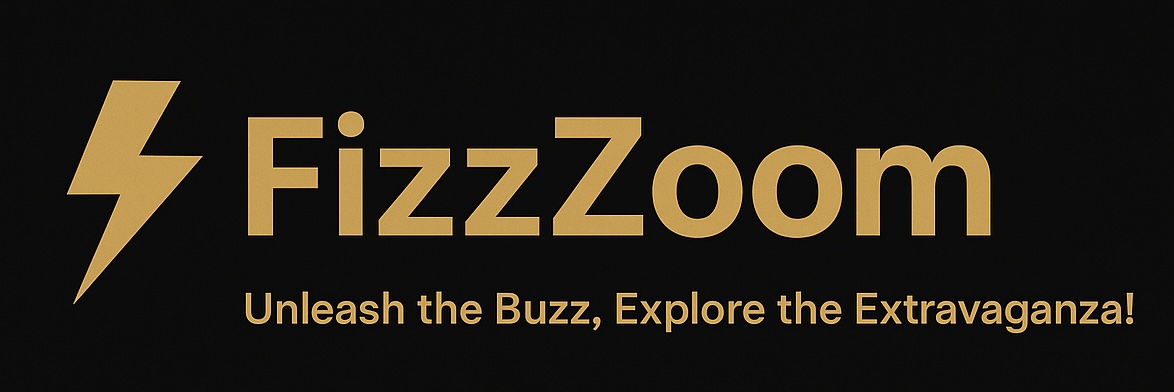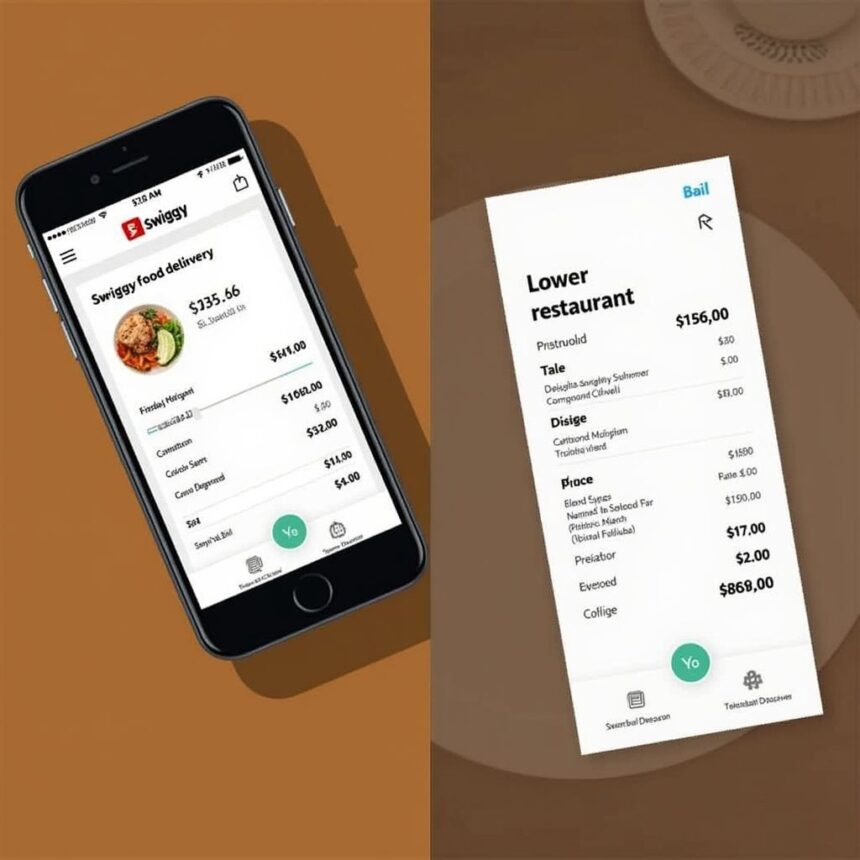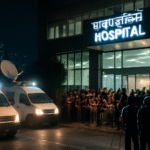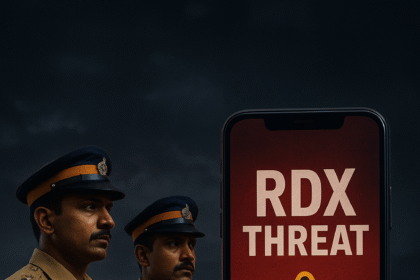A Swiggy customer has sparked debate on social media after alleging that he was charged 81% more on the delivery app compared to the dine-in price at a restaurant just two kilometers away. The claim raises fresh questions about the rising cost of food delivery services and whether the convenience of doorstep delivery is worth the premium.
The customer, who shared his bill comparison online, highlighted that a meal priced at approximately ₹800 within the restaurant was billed at over ₹1,450 on the food delivery platform. The gap included not only menu markups but also additional platform charges, packaging fees, taxes, and delivery costs.

“I understand paying more for delivery, but 81% higher feels excessive. Is this really just convenience or hidden pricing tactics?” the customer wrote, triggering widespread engagement from users who echoed similar concerns.
Customer Concerns vs Industry Practices
Food delivery platforms such as Swiggy and Zomato have faced criticism in the past for price disparities between in-app listings and dine-in menus. Restaurants often inflate online menu costs to offset commission fees charged by these platforms, which can range anywhere between 15% and 30%.
Industry experts argue that such markups are not entirely unexpected. “Customers are paying not only for the meal but also for logistics, partner commissions, and the tech infrastructure that supports scale. The trade-off is between savings and convenience,” noted retail analyst Rohan Mehra.
Meanwhile, several customers expressed frustration over the lack of transparency. Social media reactions ranged from calls for stricter regulation to demands for clearer price breakdowns within food apps. Some users even suggested exploring alternatives such as direct restaurant ordering or takeaway to avoid inflated costs.
Broader Implications for Delivery Economy
The debate adds to the challenges food delivery startups face in striking a balance between profitability and consumer trust. With convenience as their biggest selling point, sustained criticism over inflated pricing could dent customer loyalty.
Industry observers suggest regulatory guidance may be needed to curb excessive markups and ensure clear communication between restaurants, platforms, and consumers. Until then, customers may continue facing the question: is the real price of convenience worth paying?
Platform fees continue to rise
The complaint comes at a time when both Swiggy and Zomato have increased platform fees once again to capture festive season demand. Bengaluru-based Swiggy has raised its platform fee three times in the last three weeks, reaching ₹15 per order inclusive of GST. Gurgaon-based Zomato has raised its fee by 20 percent to ₹12 per order, without GST.
Given that Swiggy processes around 20 lakh orders a day, it now earns close to ₹3 crore daily purely from platform fees. Zomato makes a similar amount from 23 to 25 lakh daily orders.
Financial pressures on delivery giants
Despite strong revenue growth, both companies continue to face cost pressures, particularly from their quick commerce businesses. Swiggy’s Instamart and Zomato’s Blinkit have remained resource-heavy and weigh on profitability.
What is a platform fee?
A platform fee is a charge added on top of item prices, delivery charges, restaurant charges, packaging costs, surges and GST. It is highlighted separately in the bill.
The fee helps cover logistics and operational expenses, improves margins, and offsets losses from resource-intensive services such as quick commerce. With the festive season underway, the platform fee has become a lucrative source of additional income for both delivery majors.






